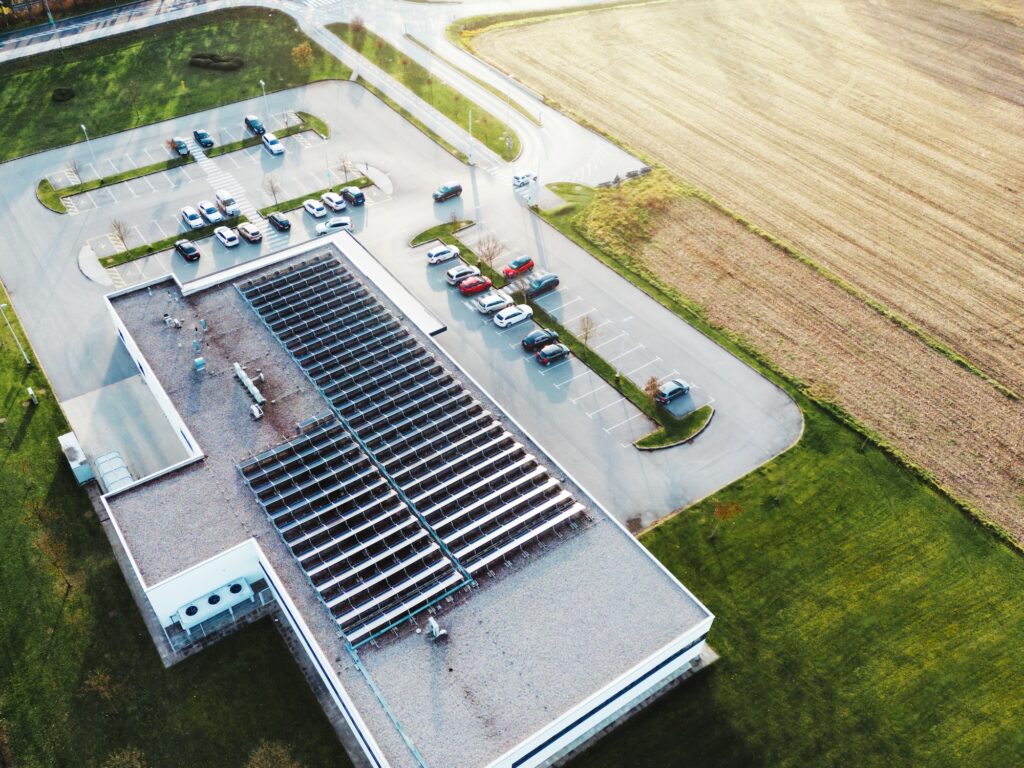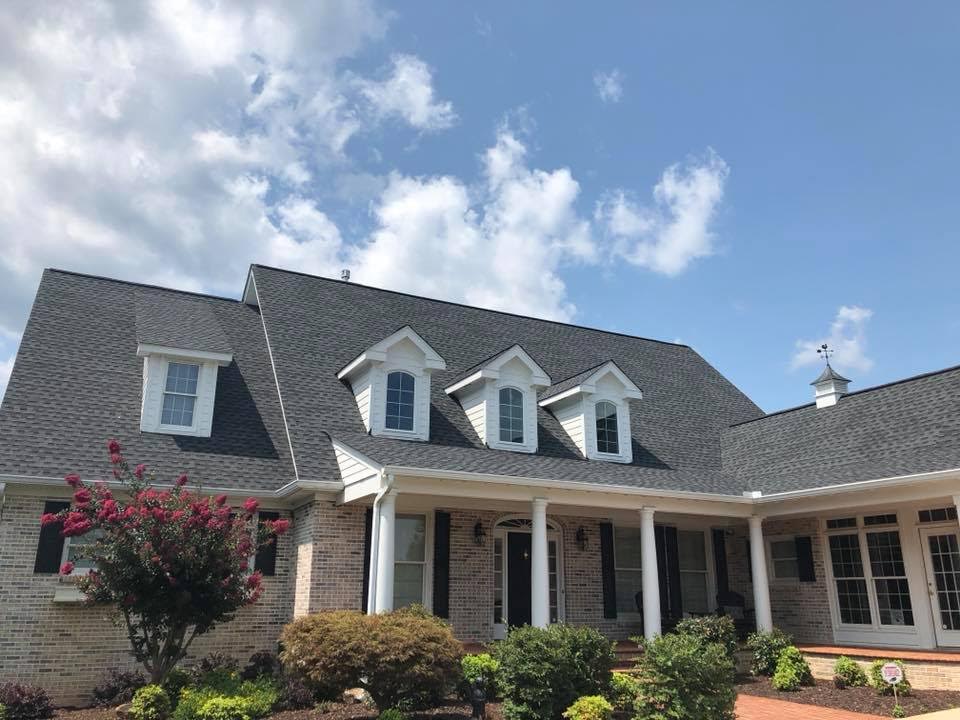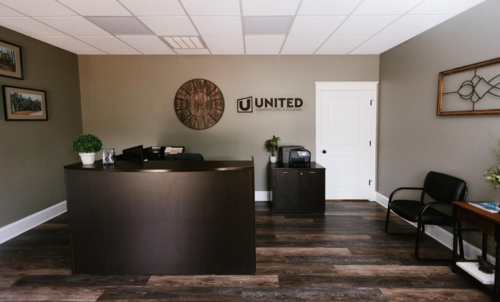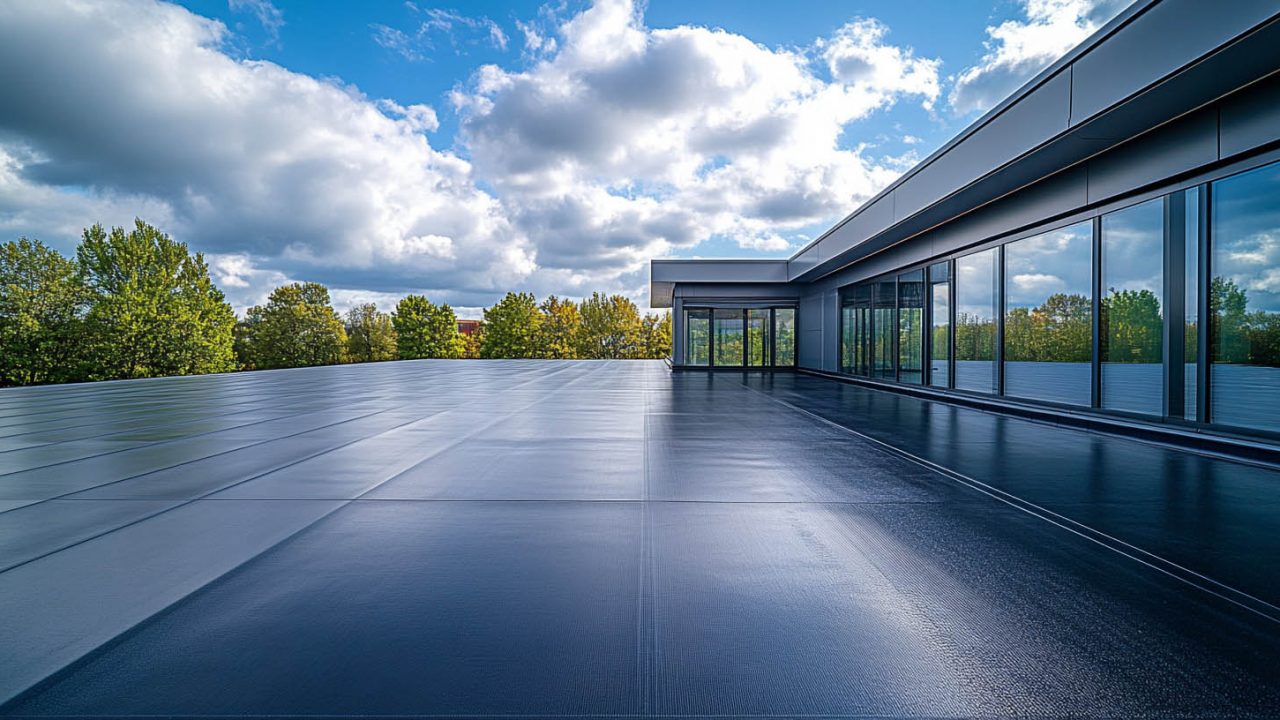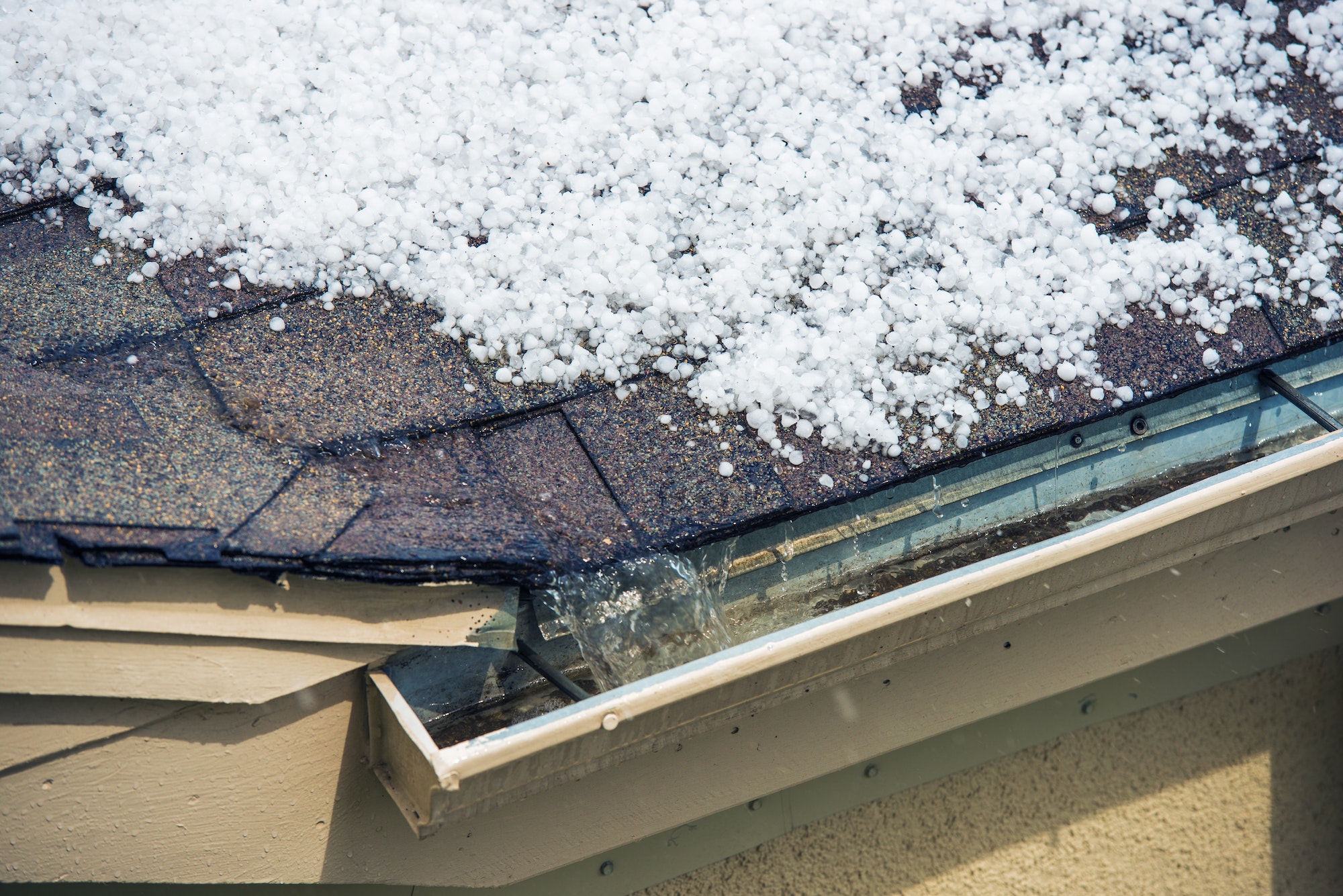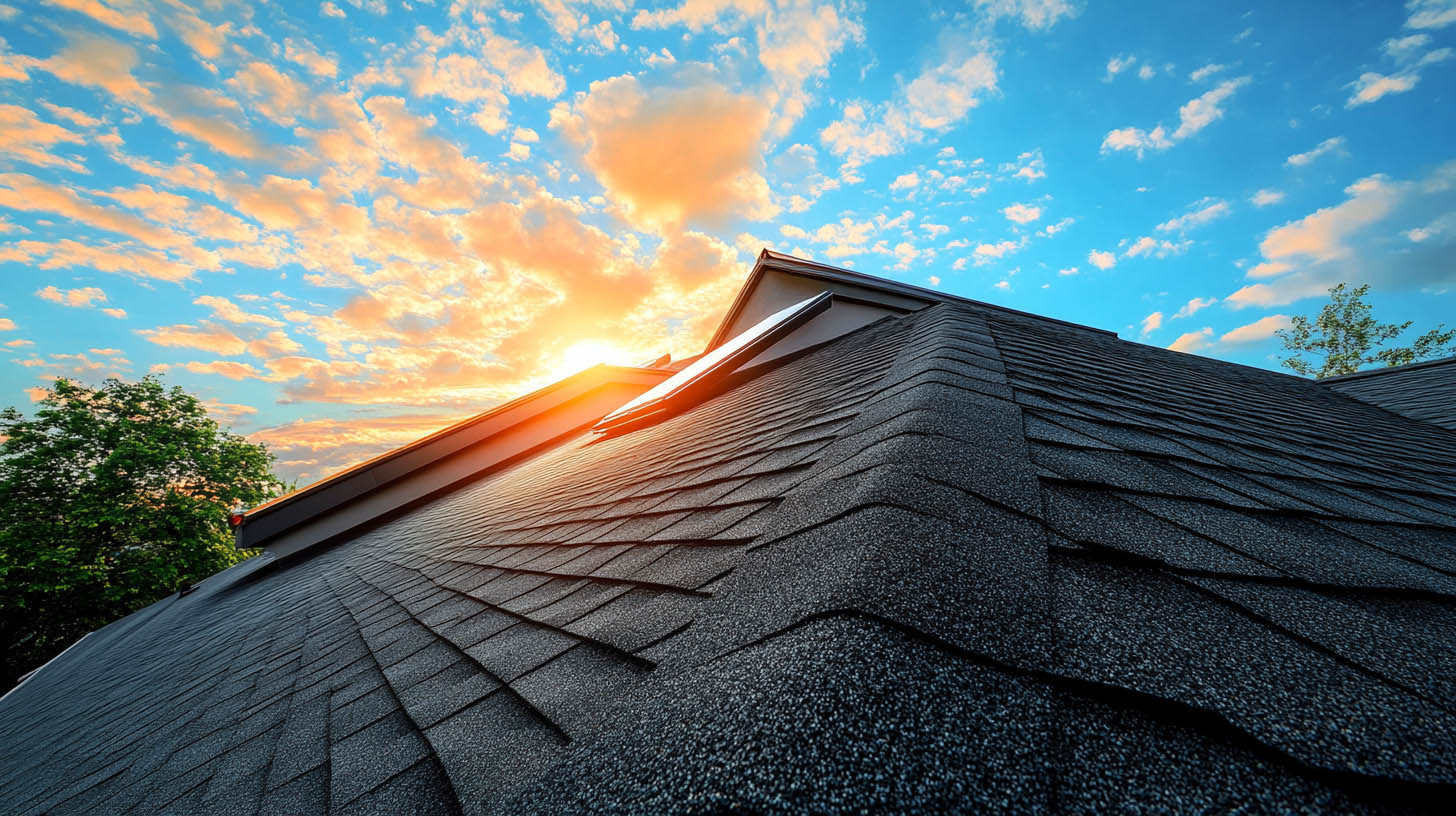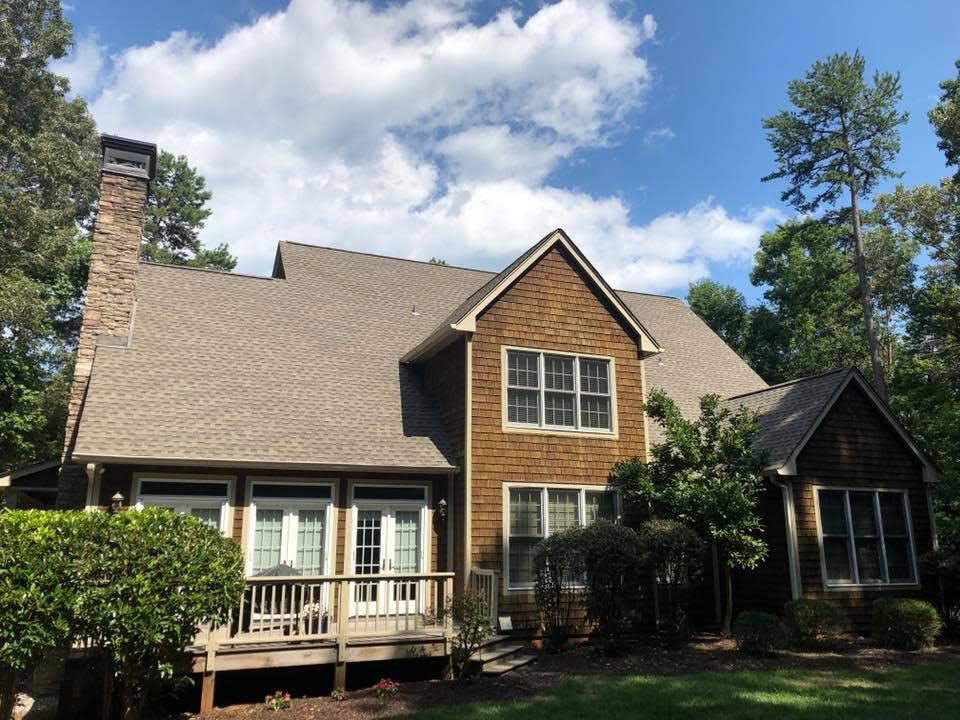As sustainability becomes an increasingly crucial aspect of modern construction practices, businesses and building owners are seeking roofing solutions that are both durable and environmentally responsible. TPO (Thermoplastic Polyolefin) roofing has emerged as a popular option for its energy efficiency and cost-effectiveness. However, questions remain about its true environmental impact and whether it can be considered a genuinely sustainable roofing solution. At United Contracting & Roofing LLC in Greenville, SC, we strive to provide clear insights into the sustainability of TPO roofing.
What Does Sustainability Mean in Roofing?
Defining Sustainability
Environmental friendliness in roofing encompasses various factors, including the source of raw materials, manufacturing processes, performance over time, and disposal methods. Sustainable roofing materials should not deplete resources permanently or cause irreparable damage to the environment. Durability, longevity, and resistance to heat absorption are crucial factors that contribute to the sustainability of roofing materials.
Key Considerations for Sustainable Roofing
- Material Composition: The raw materials used in manufacturing the roofing material.
- Energy Efficiency: The ability of the roofing material to reflect heat and reduce energy consumption.
- Recyclability: The potential to recycle the material at the end of its life cycle.
- Chemical Emissions: The presence or absence of harmful chemicals in the roofing material.
TPO Roofing on the Sustainability Scale
Evaluating TPO Roofing
TPO roofing is often rated around 7-8 on a scale of 1-10 in terms of environmental sustainability. This relatively high rating is due to several eco-friendly features:
- Energy Efficiency: TPO roofs have a reflective surface that helps to reflect sunlight and reduce heat absorption. This characteristic can lead to lower cooling costs and reduced overall energy consumption.
- Recyclable Materials: TPO roofing is made from a blend of polypropylene and ethylene-propylene rubber, both of which are recyclable. At the end of its life cycle, TPO roofing can be recycled, reducing waste and the demand for new raw materials.
- Low Chemical Emissions: TPO roofing is typically free from harmful chemicals like chlorofluorocarbons (CFCs) and halogens, making it a safer and more environmentally friendly option.
- Lightweight: TPO roofing is lighter than many other roofing materials, which can reduce the structural load on buildings and save resources during construction.
Considerations for TPO Roofing
While TPO roofing has many eco-friendly attributes, its sustainability can vary based on several factors, including the manufacturer’s practices, transportation of materials, installation techniques, and disposal methods at the end of its life cycle.
Comparison with Other Sustainable Roofing Options
Metal Roofing
Metal roofing is often considered more sustainable than TPO due to its longer lifespan and excellent recyclability. Metal roofs can last for several decades and are fully recyclable at the end of their life.
Green Roofs
Green roofs, or vegetative roofs, rank highly on the sustainability scale. They provide natural insulation, reduce the urban heat island effect, and create habitats for wildlife. However, they require more maintenance and a higher upfront investment compared to TPO roofing.
Life Cycle Considerations
When evaluating the environmental impact of any roofing system, it’s essential to consider the entire life cycle of the material, from raw material extraction to production, installation, use, and eventual disposal or recycling. TPO roofing offers a balance of durability, energy efficiency, and recyclability, making it a relatively sustainable option.
Conclusion
TPO roofing is a relatively environmentally sustainable roofing option, offering energy efficiency, recyclability, and low chemical emissions. While it may not be the most sustainable roofing material available, it provides a good balance of eco-friendly features and cost-effectiveness. At United Contracting & Roofing LLC, we are committed to helping you choose the best roofing solutions that meet your sustainability goals.For more insights on understanding commercial roofing building codes and ASCE 7-16, click here.

